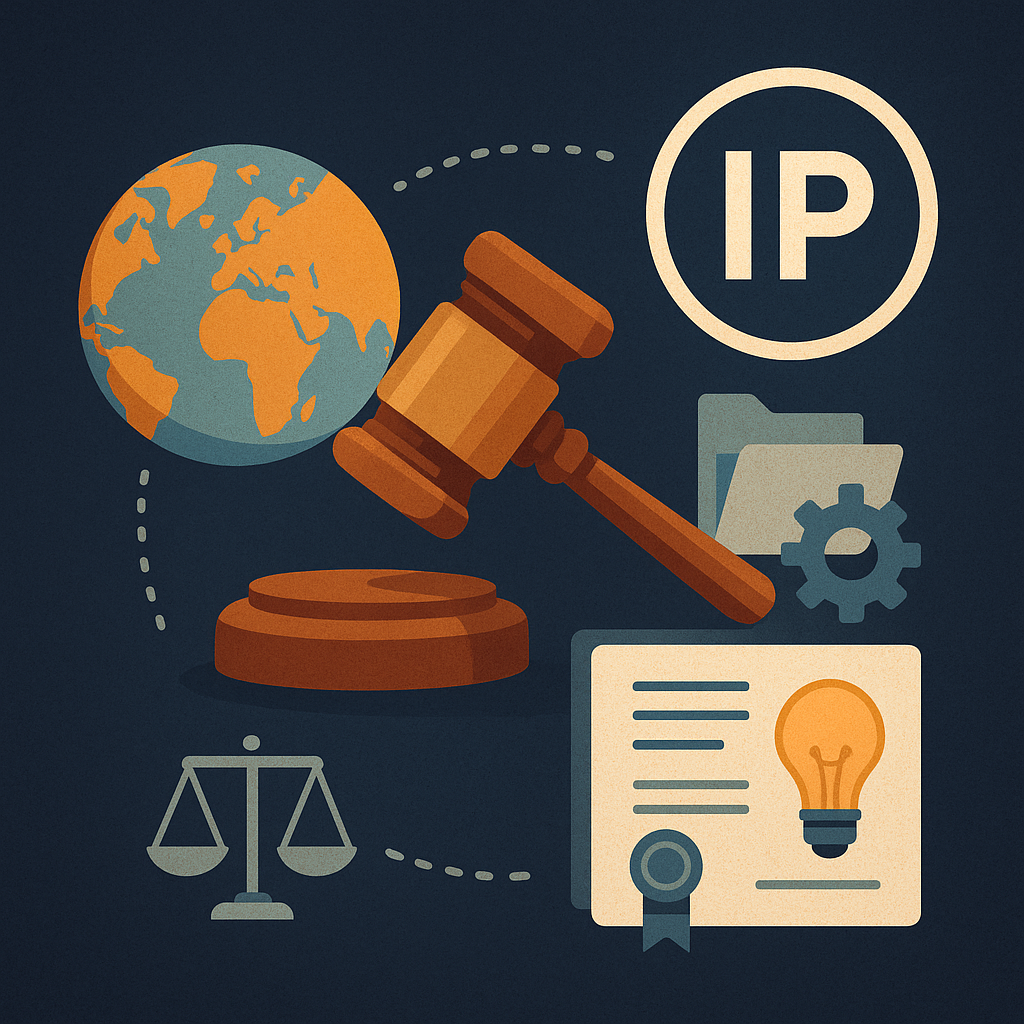Apple Inc. continues to sit at the forefront of global innovation, but even the most sophisticated technology companies are not immune to complex legal challenges. In recent weeks, Apple has faced two significant intellectual property (IP) setbacks, one in the United States and one in the United Kingdom, each with far-reaching implications for companies navigating […]
20
May’25


